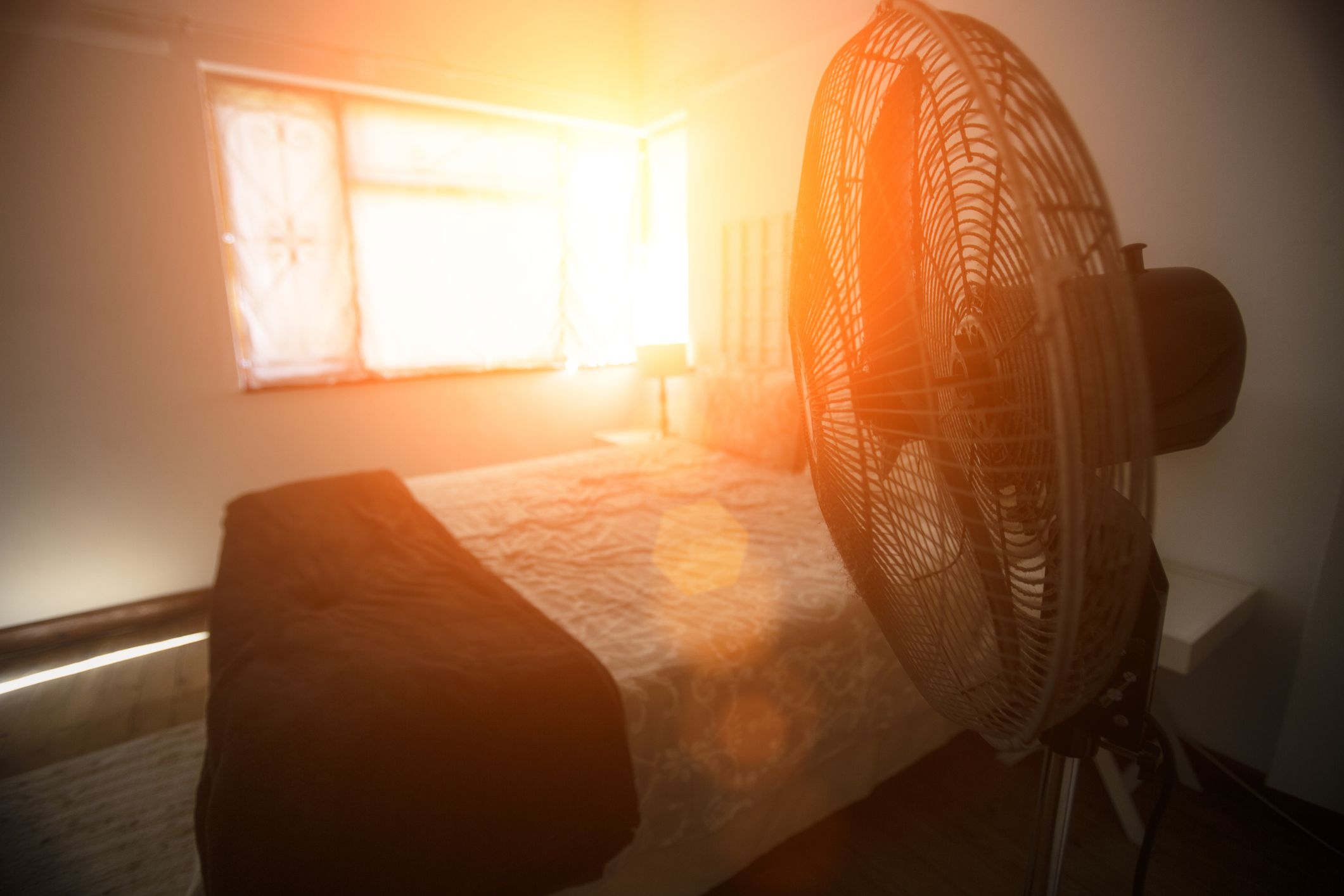

Articles
How To Make A Room Cool Without AC
Modified: October 28, 2024
Discover effective ways to keep your room cool without AC in these insightful articles. Stay comfortable and beat the heat with practical tips and tricks.
(Many of the links in this article redirect to a specific reviewed product. Your purchase of these products through affiliate links helps to generate commission for Storables.com, at no extra cost. Learn more)
Introduction
When the summer heat starts to make your room feel like a furnace, it’s only natural to rely on air conditioning to keep cool. However, not everyone has access to an AC unit or wants to use it all the time due to energy consumption or environmental concerns.
The good news is that you don’t necessarily need air conditioning to make your room cool and comfortable. There are several effective and eco-friendly methods you can use to beat the heat without relying on AC. In this article, we will explore some practical tips and tricks to keep your room cool and create a pleasant environment for those sweltering summer days.
From utilizing natural ventilation to optimizing your lighting, there are various approaches you can take to create a cool and refreshing atmosphere in your room. Let’s dive in and discover how you can make your room cool without AC!
Key Takeaways:
- Embrace natural ventilation, window coverings, and ceiling fans to create a cool and eco-friendly room without relying on air conditioning. Experiment with cooling sheets, plants, and hydration for a refreshing and comfortable living space.
- Optimize lighting, use cool colors and materials, and reduce heat-generating appliances to maintain a cooler room temperature. Incorporate proper insulation and harness the power of plants to create a visually appealing and naturally cool environment.
Read more: How To Make Room Dark Without Curtains
Utilize Natural Ventilation
One of the simplest and most effective ways to cool down a room without AC is by utilizing natural ventilation. This method allows fresh air to flow into your space and expels hot air, creating a natural cooling effect.
Start by strategically opening windows and doors to create cross ventilation. This means opening windows on opposite sides of the room to create a breeze that can circulate and cool the air. You can also open windows at night when the outside temperature drops, allowing cool air to fill your room.
If you have windows with multiple panels, consider opening the top and bottom panels slightly to create a draft. This will help with air circulation and keep your room cooler. Additionally, installing window screens or using mosquito nets can allow you to keep windows open without inviting unwanted insects.
Another way to utilize natural ventilation is by using a window fan. Place a fan near a window and set it to blow outwards during the day to expel hot air. Then, in the evening or early morning when the outside temperature is cooler, set the fan to blow inwards to bring in the fresh air. This simple technique can make a significant difference in cooling down your room.
Furthermore, consider using a whole-house fan if you have one installed. These fans are usually mounted in the attic and are designed to draw hot air out of your home while bringing in cooler air from outside. By turning on the whole-house fan, you can quickly cool down the entire space.
Remember to close your windows and curtains during the hottest parts of the day to prevent hot air from entering your room. This helps to maintain a cooler environment until it’s time to open the windows again in the evening or early morning.
By utilizing natural ventilation methods, you can take advantage of the cool outdoor air to keep your room comfortable without relying on AC. It’s a simple and environmentally friendly way to beat the heat.
Use Window Coverings
Window coverings are not only a stylish addition to your room decor but also play a crucial role in keeping your space cool. By properly selecting and using window coverings, you can block out the heat from the sun and prevent it from entering your room.
Start by investing in curtains or blinds with light-colored and reflective fabrics. These types of window coverings can help to reflect heat away from your room, keeping it cooler. Avoid dark-colored curtains or heavy fabrics, as they tend to absorb and trap heat, making your room feel warmer.
During the hottest parts of the day, keep your curtains or blinds closed. This prevents sunlight from streaming into your room and heating up the space. If you want to let in some natural light, opt for sheer curtains that allow light to filter through while still providing some degree of heat protection.
In addition to curtains and blinds, consider using window films or tinting. Window films or tints are thin, adhesive coatings that can be applied to your windows. They help to block out UV rays and reduce heat transfer into your room. Window films are available in various shades and levels of opacity, allowing you to choose the degree of heat reduction that suits your preferences.
If you have skylights or large windows that receive direct sunlight, consider installing solar shades. Solar shades are designed to block out heat while still providing visibility to the outside. They are often made with special materials that reflect heat and UV rays, making them an ideal choice for blocking out the sun’s heat.
An additional option is to use exterior shading devices such as awnings or shade sails. These can be installed on the outside of your windows to block direct sunlight from hitting the glass, preventing heat from penetrating your room.
By using the right window coverings, you can effectively reduce the amount of heat entering your space. This not only keeps your room cooler but also minimizes the need for artificial cooling methods like air conditioning.
Install Ceiling Fans
Ceiling fans are a classic and effective way to cool down a room without relying on AC. They create a gentle breeze that helps to circulate air and create a cooling effect, making your room feel more comfortable.
When choosing a ceiling fan, opt for one with a sufficient size and power to effectively cool your room. The size of the fan should be determined by the square footage of your room. Generally, larger rooms require fans with larger blades to move a sufficient amount of air.
During the summer months, set your ceiling fan to rotate counterclockwise. This creates a downward airflow, which helps to create a cooling sensation by evaporating moisture from your skin. Be sure to adjust the fan speed to a comfortable level to further enhance the cooling effect.
It’s worth noting that ceiling fans cool people, not rooms. Therefore, it’s important to turn off the fan when no one is in the room to conserve energy. Keep in mind that running a ceiling fan does not actually lower the temperature in the room; it provides a cooling effect on your body by creating air movement.
If you’re concerned about energy efficiency, consider investing in ceiling fans with the ENERGY STAR® label. These fans meet strict energy efficiency guidelines set by the U.S. Environmental Protection Agency, helping you save on energy costs without compromising on performance.
Additionally, some ceiling fans come with built-in lighting fixtures. Opt for energy-efficient LED bulbs for these fixtures to reduce energy consumption and heat generation.
Installing ceiling fans in your rooms can provide a cost-effective and energy-efficient way to cool down your space. They are not only functional but also add a decorative touch to your room while keeping you comfortable during the hot summer months.
Set up Floor or Table Fans
If you’re looking for a more portable cooling solution, floor or table fans are a great option. These fans can be easily moved around your room, allowing you to direct the airflow where you need it the most.
When setting up a floor or table fan, position it in a way that maximizes its cooling effect. Place the fan near a window or door where it can draw in cool air from outside. Alternatively, position it across the room from an open window to create cross ventilation.
Experiment with the angle and direction of the fan to find the most comfortable airflow. Pointing the fan towards you or towards the ceiling can create a cooling sensation by promoting air circulation.
If you have multiple floor or table fans, consider setting them up strategically to create a convection effect. Place one fan near a window to bring in cool air, and position another fan diagonally across the room to push warm air towards the window.
Take advantage of the oscillation feature on some fans. This back-and-forth motion can help to distribute the airflow evenly throughout the room, ensuring a refreshing and comfortable environment.
In addition to their cooling benefits, floor or table fans can also be used in combination with other methods. For example, you can place a bowl of ice or a damp towel in front of the fan to create a makeshift air conditioner. As the fan blows air over the ice or damp towel, it can produce a cool mist that helps to lower the temperature in your room.
When it comes to floor or table fans, there are various sizes and types available to suit your preferences and room size. Whether you opt for a small and portable fan or a larger floor-standing fan, they provide a convenient and effective way to cool down your room without relying on AC.
Create Cross Ventilation
Cross ventilation is an excellent method for cooling down your room without AC. It involves creating a continuous flow of air by strategically positioning windows and doors to encourage the movement of breezes.
To create cross ventilation, you’ll need to open windows or doors on opposite sides of the room. This allows fresh air to enter through one opening while hot air is expelled through the other. The airflow generated by cross ventilation helps to keep your room cool and comfortable.
If you have windows on only one side of the room, consider using interior doors to create a pathway for air to circulate. Open these doors to allow air to flow freely through the room, creating a cross breeze effect.
It’s important to note that the effectiveness of cross ventilation depends on the availability of natural breezes outside. If the outdoor air is still or hot, cross ventilation may not be as efficient. Therefore, it’s best to take advantage of cooler times of the day, such as morning or evening when the temperature drops, to maximize the benefits of cross ventilation.
In addition to opening windows and doors, you can enhance cross ventilation by strategically placing fans near the openings. Fans help to amplify the airflow, drawing in cool air from one direction and pushing out warm air in the opposite direction. By combining cross ventilation with fans, you can create a powerful cooling effect in your room.
During the day, monitor the outdoor temperature and wind direction to determine which windows or doors to open for cross ventilation. Adjust the openings accordingly to control the airflow and maintain a comfortable temperature inside.
By utilizing cross ventilation techniques, you can take advantage of natural airflow to keep your room cool. This method not only avoids the use of AC but also provides a refreshing and eco-friendly solution for staying comfortable in hot weather.
Use Cooling Sheets and Bedding
Getting a good night’s sleep in a hot room can be challenging. However, by investing in cooling sheets and bedding, you can create a more comfortable sleep environment without the need for AC.
When it comes to selecting sheets, opt for breathable and moisture-wicking fabrics such as cotton or bamboo. These natural fibers allow air to circulate and draw moisture away from your body, keeping you cool and dry throughout the night.
Look for sheets with a high thread count, as they tend to be softer and more breathable. Additionally, consider choosing lighter colors for your sheets, as darker colors tend to absorb and retain heat.
In addition to cooling sheets, consider using a cooling mattress topper or pad. These are made with cooling gel-infused foam or other materials that help to regulate your body temperature as you sleep.
Pillow choices are also important in creating a cooler sleep environment. Opt for pillows that offer good airflow, such as those made with shredded memory foam or filled with materials like buckwheat hulls or bamboo fibers. These materials allow air to circulate and prevent the buildup of heat around your head and neck.
Another option to keep your bed cool is to use a moisture-wicking mattress protector. These protectors are designed to prevent sweat and heat from being trapped in your mattress, ensuring a cooler and more comfortable sleep surface.
During the hotter months, consider using a lightweight and breathable blanket or duvet cover. Look for materials like linen or silk, which are known for their natural cooling properties. These fabrics allow air to flow and can help regulate your body temperature while you sleep.
Lastly, if you find yourself still feeling hot during the night, try using a chilled pillow or placing a cool towel on your forehead or neck before bed. These simple tricks can provide instant relief and help you achieve a more restful sleep.
By investing in cooling sheets, pillows, and bedding, you can create a more comfortable and refreshing sleep environment. These items promote airflow, regulate body temperature, and enhance your overall sleep quality, allowing you to wake up feeling rejuvenated even on the hottest summer nights.
Use light-colored curtains to reflect sunlight, keep windows and doors closed during the hottest part of the day, and use fans to circulate air.
Optimize Your Lighting
The lighting in your room can have a significant impact on its overall temperature. By optimizing your lighting choices, you can help keep your room cooler and reduce the need for AC.
First and foremost, take advantage of natural daylight by utilizing natural lighting strategies. During the day, open your blinds or curtains wide to allow natural light to fill your room. This not only reduces the need for artificial lighting but also helps to keep your space cooler. However, be mindful of direct sunlight, as it can increase the heat entering your room. Use window coverings or window films to shade or filter the intense sunlight to prevent excessive heat buildup.
When it comes to artificial lighting, opt for energy-efficient LED bulbs. LED bulbs produce less heat compared to traditional incandescent bulbs, helping to keep your room cooler. Moreover, LED bulbs are more energy-efficient and have a longer lifespan.
Consider using task lighting instead of overhead lighting. Task lights allow you to illuminate specific areas without illuminating the entire room. By focusing the light where you need it, you can reduce the heat generated by the bulbs and create a cooler atmosphere.
Additionally, avoid using multiple light sources or excessive decorative lighting fixtures that emit unnecessary heat. The heat emitted from these lights can add to the overall temperature of your room. Stick to essential lighting fixtures and use lower wattage bulbs to minimize heat output.
Lastly, make it a habit to turn off lights when they are not in use. Leaving lights on generates unnecessary heat and consumes unnecessary energy. By being mindful of your lighting usage, you can keep your room cooler and reduce your environmental impact.
By optimizing your lighting choices, you can significantly contribute to keeping your room cool without relying solely on air conditioning. Utilizing natural light, choosing energy-efficient bulbs, and being mindful of excessive heat output will create a more comfortable and environmentally-friendly living space.
Use Cool Colors and Materials
The colors and materials you choose for your room can greatly impact its perceived temperature. By incorporating cool colors and materials, you can create a visually soothing and physically cooler environment.
Start by selecting a color palette that consists of light and cool tones. Colors such as blues, greens, and pastel shades have a calming effect and can make your room feel cooler. These colors reflect light rather than absorbing it, helping to maintain a cooler atmosphere.
In terms of materials, opt for natural and breathable fabrics for your furniture, curtains, and upholstery. Fabrics like cotton, linen, or lightweight silk allow for better airflow and can prevent heat from getting trapped. Avoid heavy and synthetic materials that tend to retain heat, as they can make your room feel warmer.
When it comes to flooring, go for materials that feel cool underfoot. Hardwood, tile, or bamboo flooring can help to absorb and dissipate heat, keeping your room cooler. If you prefer carpet, choose a lighter color or a low-pile option to minimize heat retention.
In addition to colors and materials, consider incorporating reflective surfaces into your room design. Mirrors, for example, can create an illusion of space and reflect light, making your room feel brighter and cooler. You can strategically place mirrors on walls or furniture to maximize their cooling effect.
Another way to enhance the coolness of your room is by using furniture with light-colored or reflective surfaces. Light-colored furniture reflects light, preventing the absorption of heat. Additionally, consider furniture with good ventilation, such as mesh-backed chairs or furniture with woven materials, to allow for better airflow.
Finally, be mindful of arranging your furniture to promote good airflow. Avoid blocking windows or obstructing the pathways of natural breezes. By keeping the air flow unobstructed, you can maintain a cooler and more comfortable environment.
By incorporating cool colors and materials into your room design, you can create a refreshing and visually appealing space. Light and cool tones, along with natural and breathable materials, work in harmony to contribute to a cooler and more comfortable room temperature.
Read more: How To Keep Car Cool Without AC
Reduce Heat-Generating Appliances
Heat-generating appliances can significantly contribute to the temperature in your room. By minimizing their usage or opting for more energy-efficient alternatives, you can help keep your space cooler without relying heavily on air conditioning.
One of the main culprits of heat generation is the use of traditional incandescent light bulbs. These bulbs not only consume more energy but also emit a significant amount of heat. Consider replacing them with energy-efficient LED bulbs, which produce less heat and help to keep your room cooler.
Kitchen appliances, such as ovens and stovetops, can produce a significant amount of heat. During the hot summer months, try to minimize their usage. Instead, opt for cooking methods that generate less heat, such as grilling outside or using smaller appliances like microwaves or slow cookers.
Electronics, such as televisions and computers, can also generate heat. When not in use, turn them off or put them in sleep mode to reduce unnecessary heat emission. Additionally, consider using power strips with on/off switches to easily control the power supply to your electronics.
Another heat-generating culprit is your laundry appliances. Avoid running the dryer during the hottest parts of the day when the heat can be more noticeable. Instead, utilize natural ventilation by hanging your clothes outside to dry. Not only will this reduce heat in your room, but it will also save energy.
Air conditioning units themselves can also generate heat. Regular maintenance and cleaning of your AC unit can help to ensure its optimum performance and prevent excessive heat emission. Additionally, consider using ceiling fans or floor fans in conjunction with your AC to enhance air circulation and reduce the reliance on the AC alone.
Lastly, be aware of the heat emitted from charging devices. When charging smartphones, tablets, or laptops, avoid placing them on surfaces that are sensitive to heat. Instead, place them on a hard, heat-resistant surface to minimize heat transfer to your room.
By reducing the usage of heat-generating appliances and opting for more energy-efficient alternatives, you can significantly contribute to keeping your room cooler without relying heavily on air conditioning. Being mindful of your appliance usage and finding ways to minimize heat generation will help create a more comfortable and energy-efficient living space.
Maintain Proper Insulation
Proper insulation is essential for maintaining a cool and comfortable room temperature. It helps to keep the heat out during hot weather and prevents the cool air from escaping, reducing the need for extensive air conditioning use.
Start by checking the windows and doors in your room for any air leaks. Small gaps or cracks around the frames can allow hot air to seep in and cool air to escape. Use weatherstripping or caulking to seal these gaps and ensure a tight seal.
Another area to focus on is the insulation in your walls and ceilings. Poor insulation can result in significant heat gain, making your room feel warmer than it should. Consider consulting a professional to evaluate the insulation in your home and make any necessary improvements.
In addition to insulation, installing window coverings such as blinds, curtains, or shades can provide an extra layer of thermal protection. Heavy curtains or blinds with thermal backing can help to block out excess heat and prevent it from entering your room.
If you live in an older building or have an attic, proper insulation in these areas is crucial. Attics can trap heat, causing it to radiate into your living space. Adding insulation to your attic can significantly reduce heat transfer and help maintain a cooler temperature throughout your room.
During hot weather, close your windows and curtains during the day to keep the hot air out. Then, open them at night when the outside temperature drops to allow cooler air to circulate. This can help to regulate the temperature in your room without the need for air conditioning.
Proper insulation works in conjunction with other cooling methods such as natural ventilation and window coverings to create a more comfortable environment. By maintaining good insulation in your room, you can prevent heat penetration and keep the cool air inside, resulting in a cooler and more energy-efficient space.
Harness the Power of Plants
Plants not only add beauty and freshness to your room but can also help to naturally cool the environment. They act as natural air purifiers, releasing moisture through a process called transpiration, which can create a cooling effect in your space.
Choose indoor plants with large leaves as they tend to have a higher transpiration rate. Some examples include snake plants, peace lilies, and Boston ferns. These plants not only add a touch of greenery to your room but also help to increase humidity and cool down the air.
Strategically place your plants near windows or in areas where they can receive indirect sunlight. This allows them to absorb light and release moisture, enhancing the cooling effect in your room.
In addition to their cooling properties, plants can also help to filter and improve the air quality in your room. They remove toxins and pollutants from the air, creating a healthier and more refreshing environment.
Plants with light-colored or silver-colored leaves can also reflect light and heat, making your room feel cooler. Consider incorporating plants with these characteristics into your indoor garden.
If you have the opportunity, creating a vertical garden or installing hanging plants can help to maximize the cooling benefits. These types of gardens allow for greater air circulation around the plants, aiding in the cooling process.
However, it’s important to note that each plant has specific care requirements. Ensure that you provide adequate water, light, and appropriate conditions for the plants to thrive and effectively cool your room.
By harnessing the power of plants, you not only create a visually appealing space but also naturally cool and purify the air. They provide a sustainable and refreshing solution for maintaining a cool and comfortable environment in your room.
Stay Hydrated
One of the simplest yet often overlooked ways to stay cool in any room, especially during hot weather, is to stay hydrated. Proper hydration is crucial for regulating your body temperature and preventing overheating.
When the weather is hot, your body loses water through sweating, and replenishing this lost fluid is essential. Keep a water bottle within reach in your room as a reminder to drink water regularly throughout the day.
Avoid excessive consumption of sugary or caffeinated drinks, as they can actually dehydrate your body. Stick to plain water or try infusing it with refreshing flavors like lemon, cucumber, or mint for added taste.
Consider using a water spray or misting fan to cool down your body. Mist your face, arms, and neck with water to provide instant relief and help lower your body temperature. You can also place a wet towel on your forehead or the back of your neck to cool down quickly.
Another way to stay hydrated and cool is by consuming water-rich fruits and vegetables. Foods like watermelon, cucumber, and citrus fruits have high water content and can help keep you hydrated. They also provide essential vitamins and minerals to support your overall health.
Pay attention to the signs of dehydration, such as dark-colored urine, dry mouth, or feeling thirsty. If you experience any of these symptoms, drink water immediately and seek shade or a cooler environment to prevent overheating.
Keep in mind that staying hydrated is not only important during the day but also at night while you sleep. Have a glass of water by your bedside to sip on if you wake up feeling thirsty.
By staying properly hydrated, you can maintain a cool and comfortable body temperature throughout the day and night. Remember to drink water regularly and incorporate hydrating foods to beat the heat and keep your room cooler.
Read more: How To Cool Down Without AC
Conclusion
Keeping your room cool without relying on air conditioning is achievable through a combination of practical strategies and conscious choices. By utilizing natural ventilation, using window coverings, installing ceiling fans, and setting up floor or table fans, you can create a comfortable airflow that helps to lower the temperature.
Incorporating cooling sheets and bedding, optimizing lighting, using cool colors and materials, and reducing heat-generating appliances contribute to a cooler environment. Proper insulation and harnessing the power of plants can further enhance the cooling effect while adding a touch of nature to your space.
Remember to stay hydrated and take breaks in cooler areas to prevent overheating. By implementing these strategies, you can stay comfortable and reduce energy consumption in your room during the hot summer months.
Ultimately, finding the right combination of methods that work for you and your room’s specific needs is key. Experiment, make adjustments, and create a living space that feels cool, refreshing, and environmentally-friendly.
By implementing these tips and techniques, you can create a room that is cool, comfortable, and inviting. So why rely solely on air conditioning when you can take advantage of natural methods to beat the heat? Embrace these strategies and enjoy a cool and refreshing room throughout the summer season.
Frequently Asked Questions about How To Make A Room Cool Without AC
Was this page helpful?
At Storables.com, we guarantee accurate and reliable information. Our content, validated by Expert Board Contributors, is crafted following stringent Editorial Policies. We're committed to providing you with well-researched, expert-backed insights for all your informational needs.
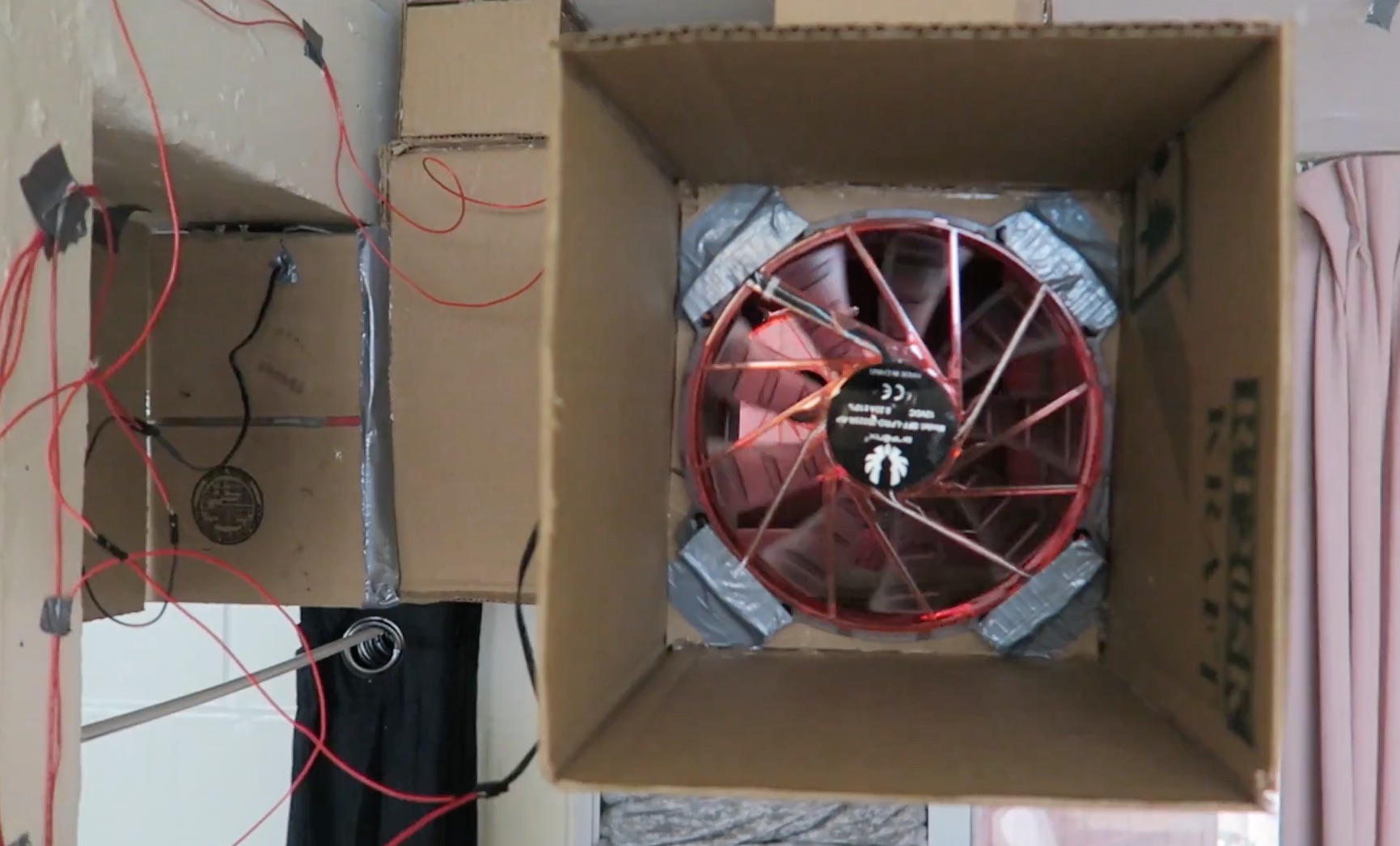
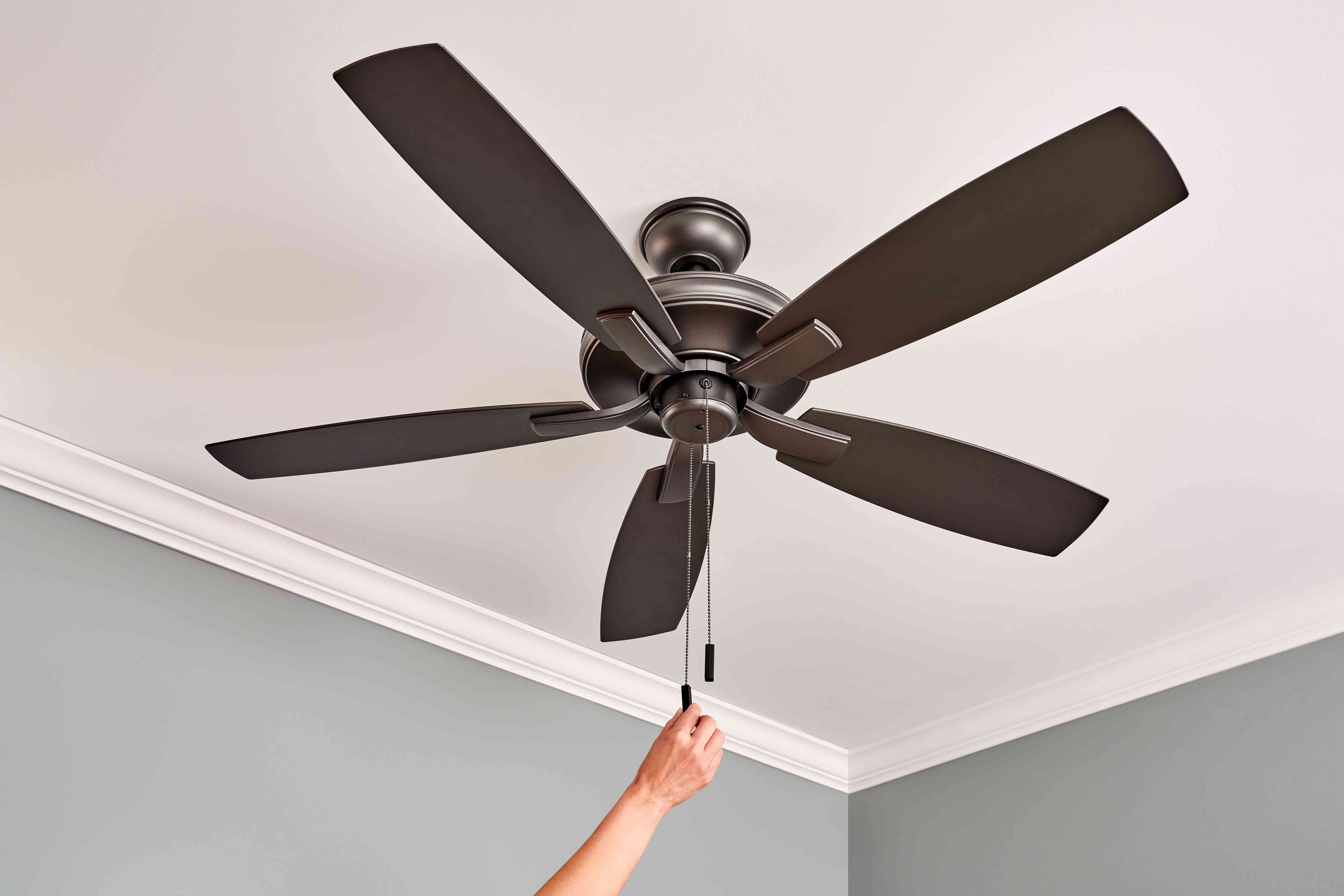
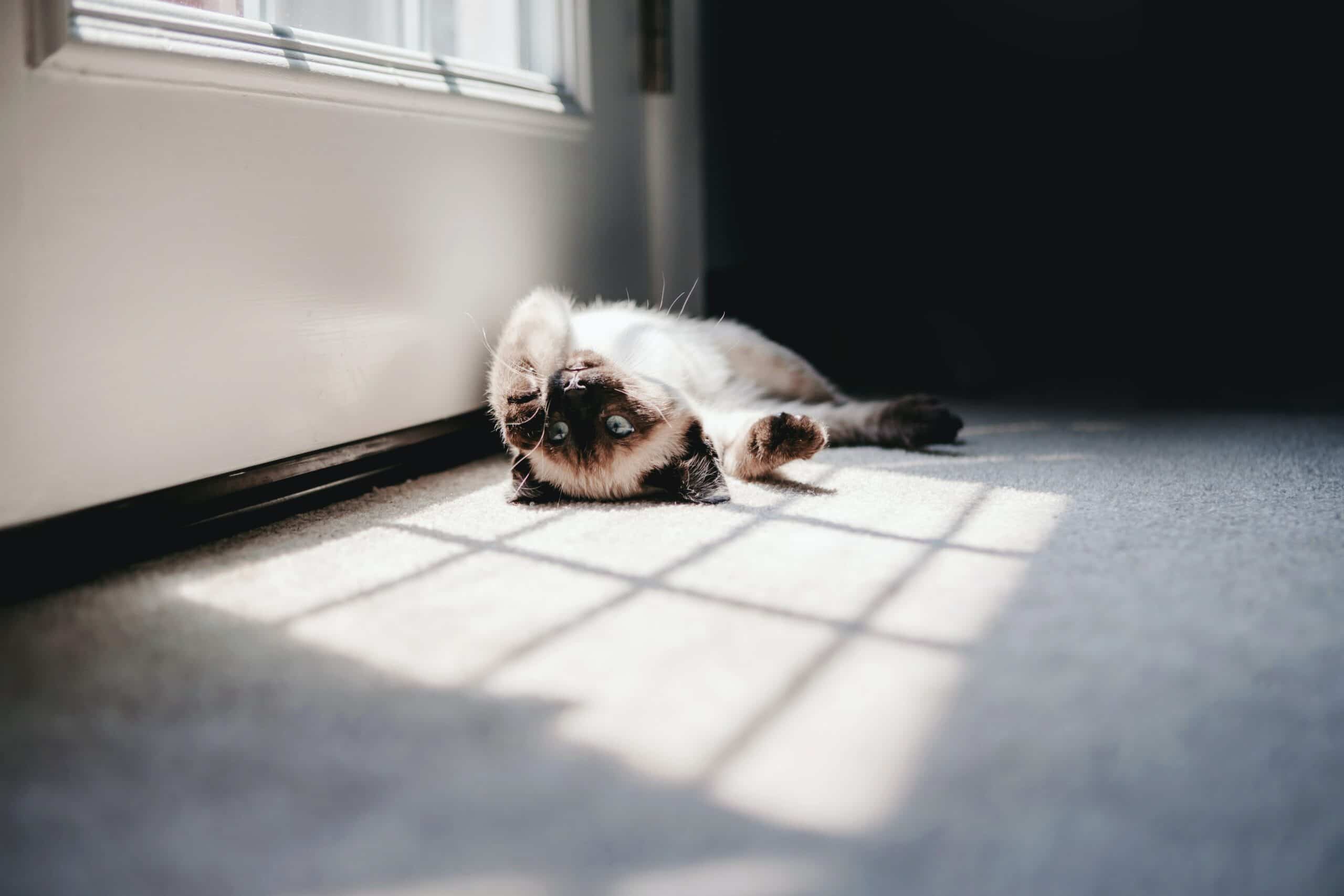

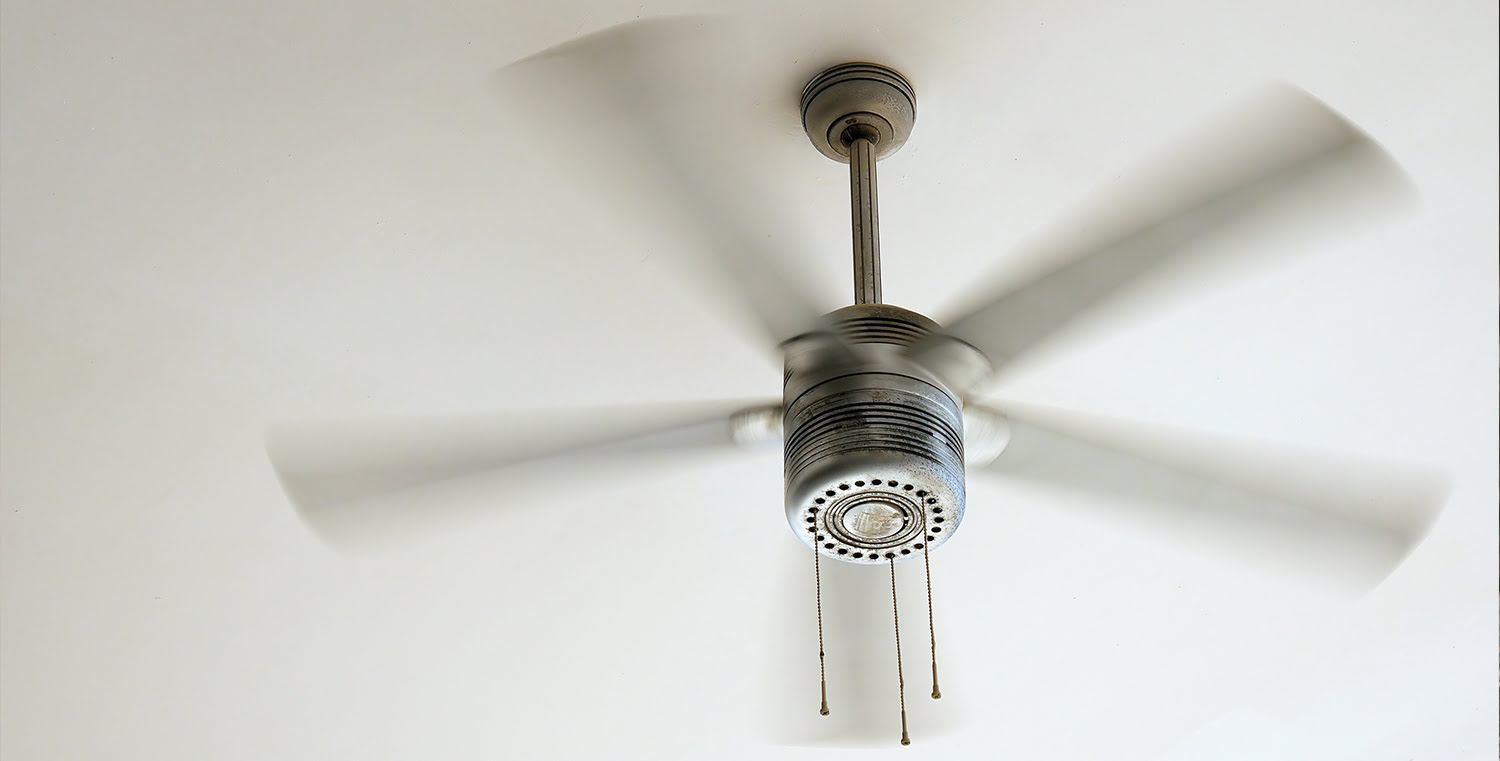

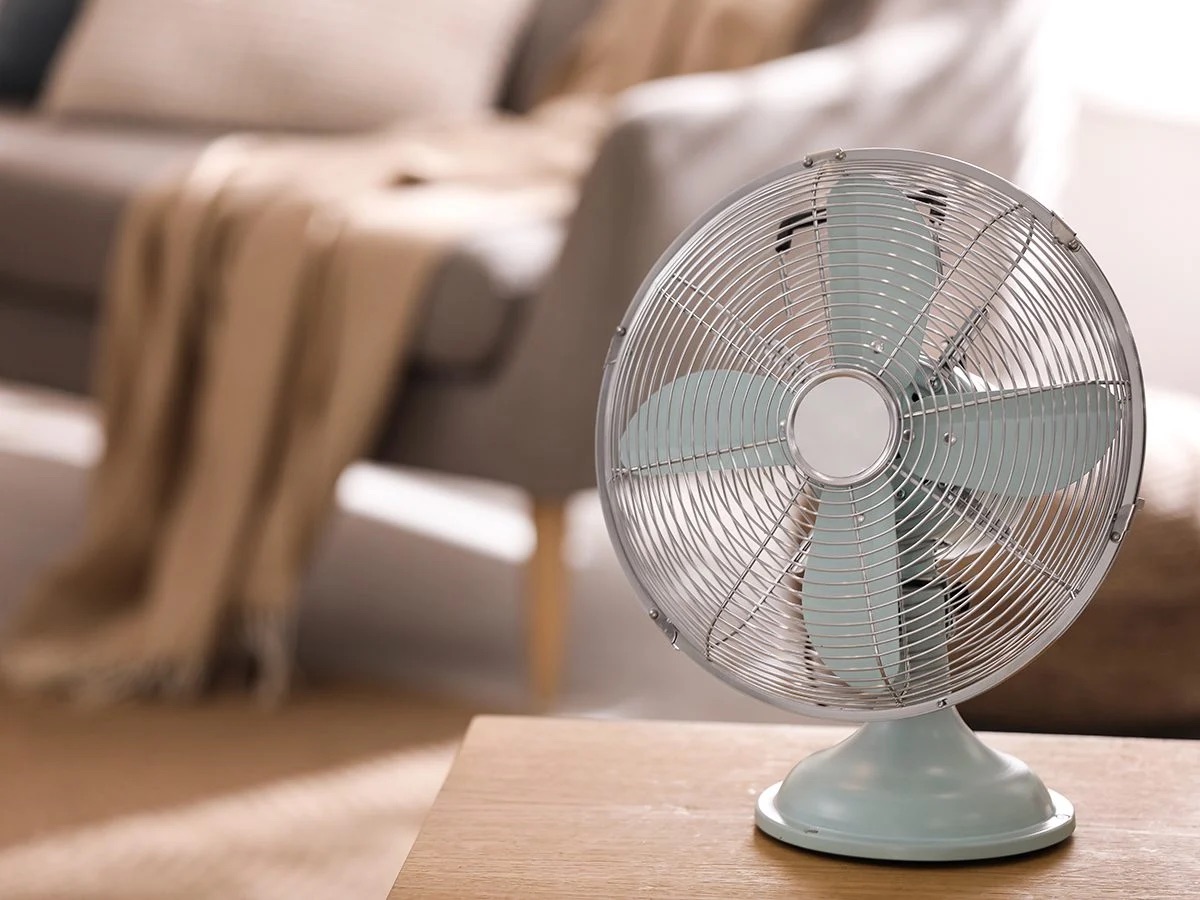
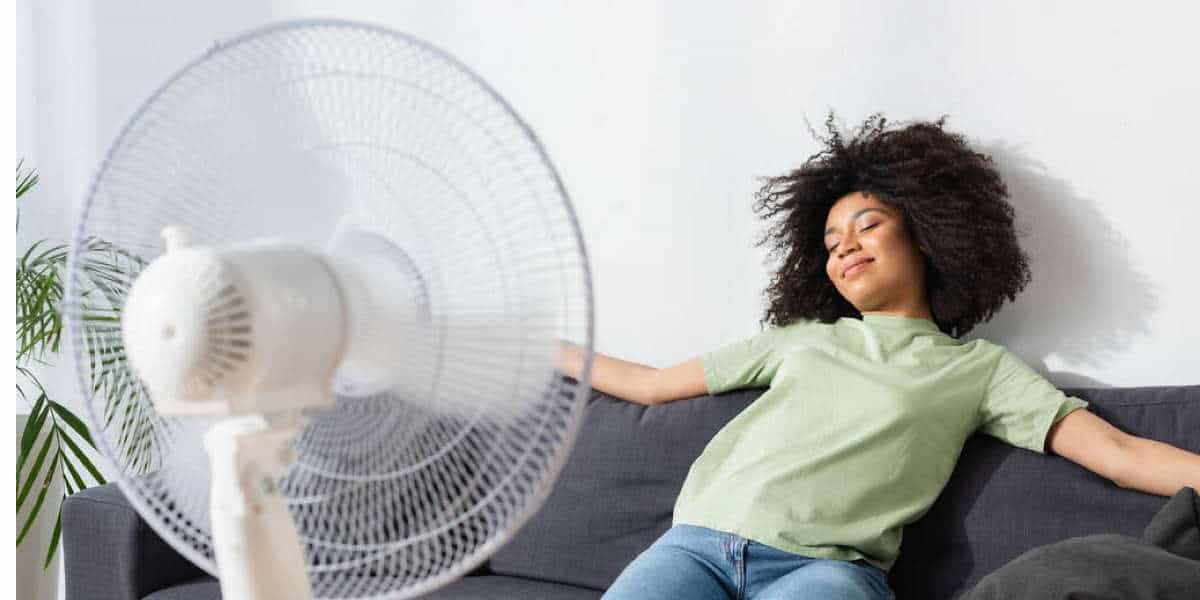

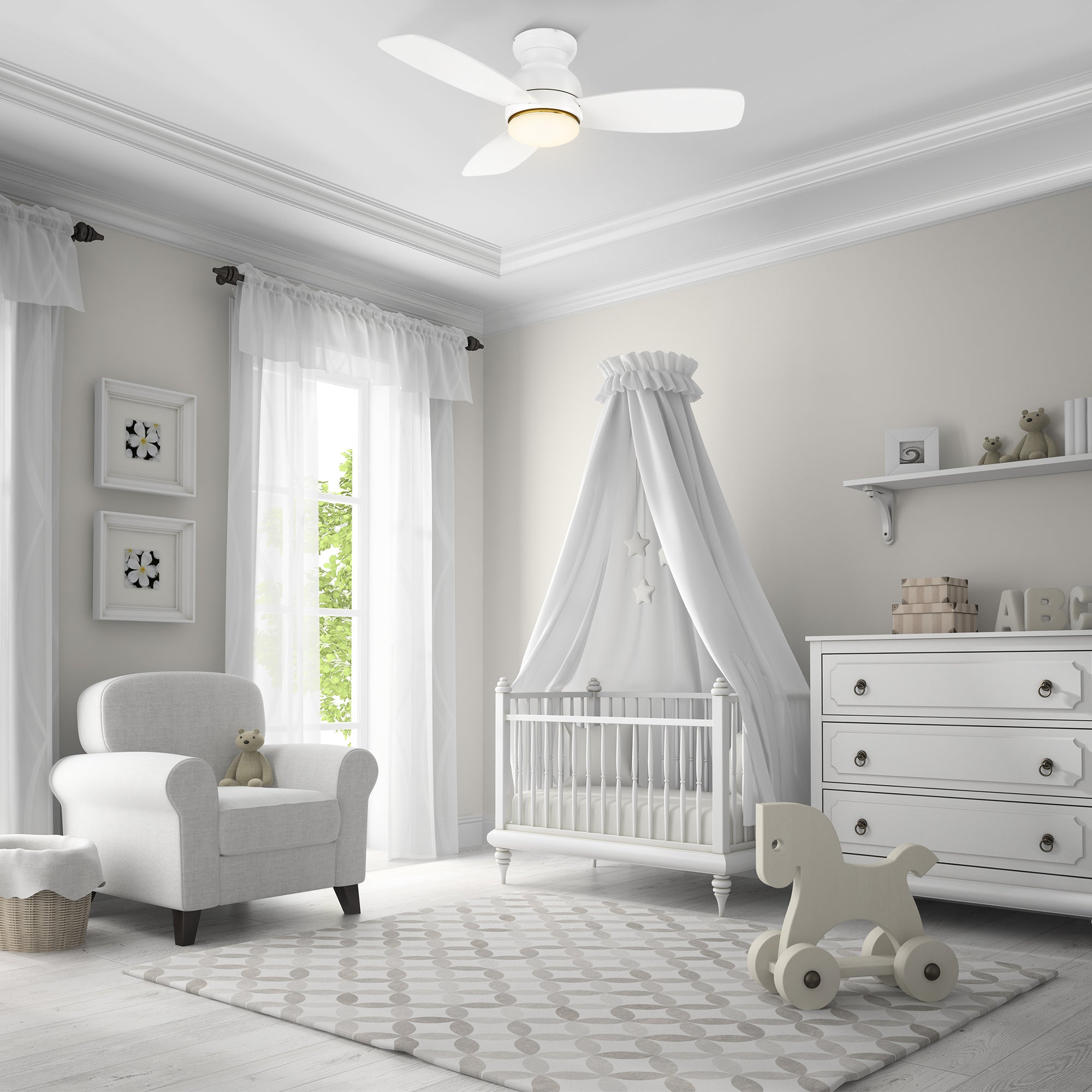

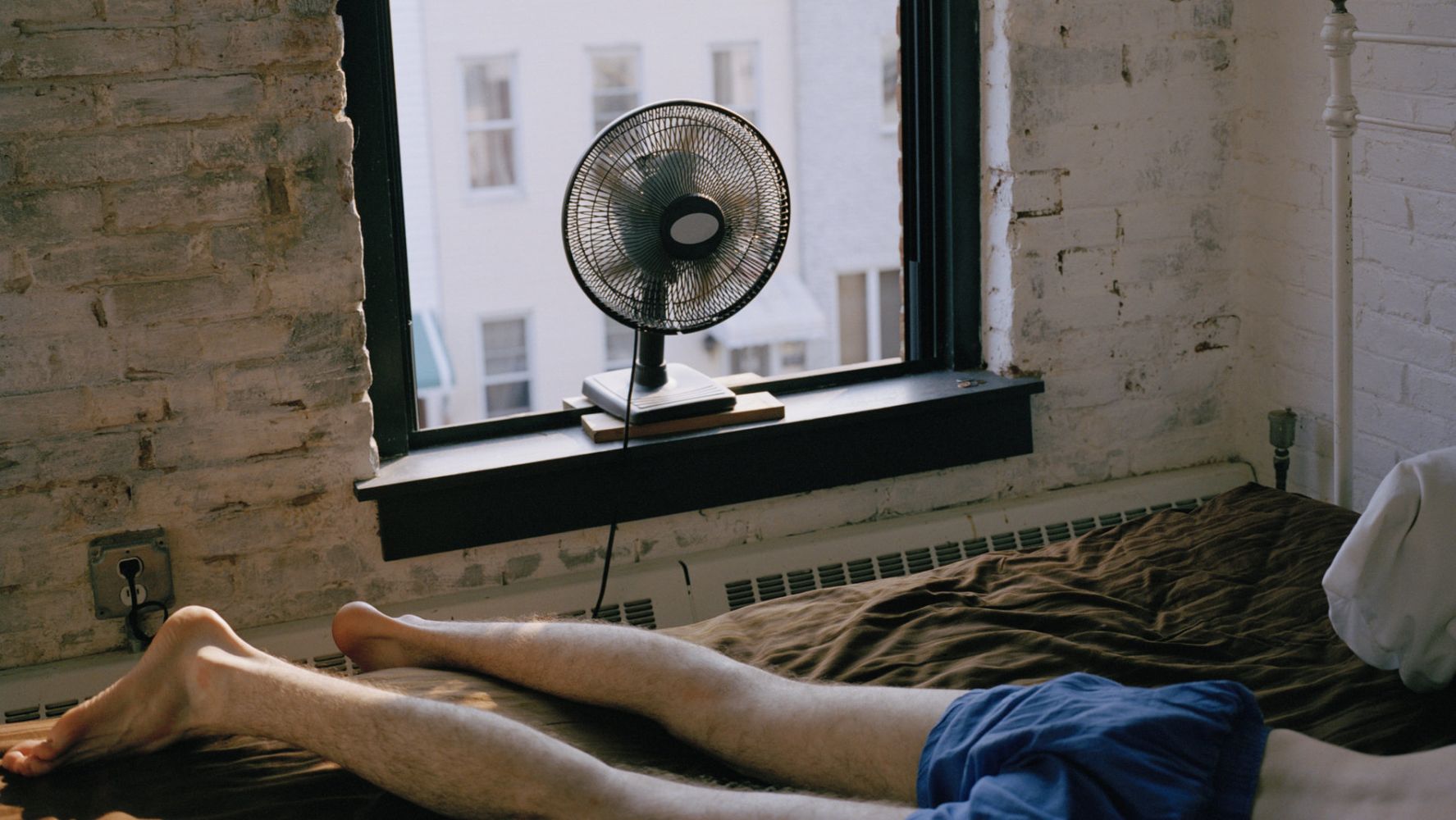

0 thoughts on “How To Make A Room Cool Without AC”